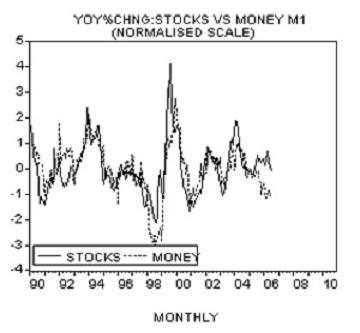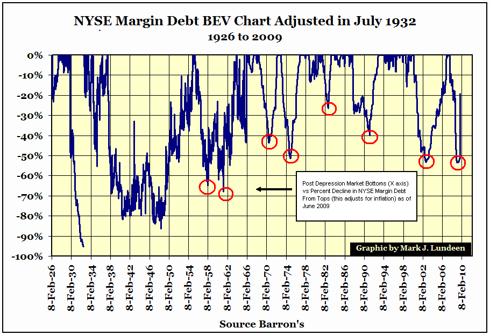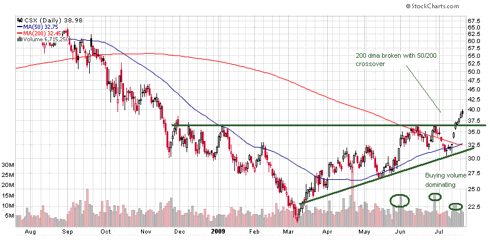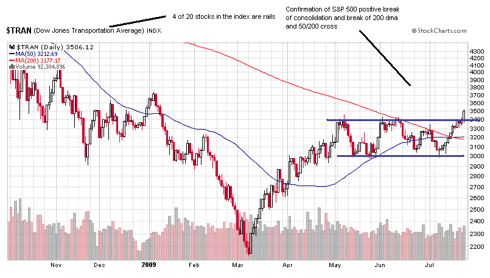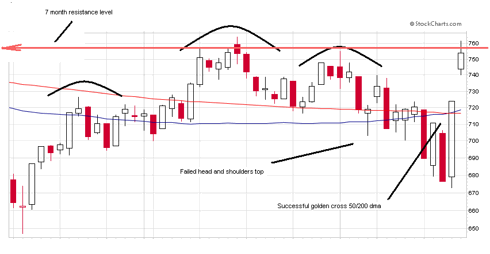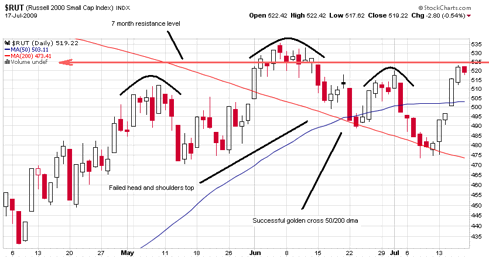
The blue curve topping out around 2030 shows the world's energy supply from natural gas production, natural gas plus natural gas liquids, which currently gets counted as "oil". See how the gas contribution compares to that of oil, the yellow line? And these curves don't even show the massive new recoverable shale gas in North America, a game changer. The difference between the pricing of oil and natural gas is going to get ridiculous. We desperately need natural gas as the main bridge fuel to get us safely from the dangerous oil mess we're in here in America to the nonfossil future. But Congress is doing all they can to blow up the bridge.
The energy crisis we face is all about timing and EROEI. The energy sources are all there - solar, wind, future ethanols that will work, and our remaining fossil allotment. The problem is that most of the nonfossil alternatives will never have the EROEI to effectively replace high EROEI oil and supply the world's energy and will take many years to scale up to what is needed for oil replacement. The other stuff that will have the needed EROEI will take too long - we will face the net energy cliff edge before they are scaled up to what is needed (see my June 19 blog post "The Alternative Energy No One Is Thinking About").
That leaves natural gas as the only here and now critical bridge fuel to get us from the cliff's edge to the other side where we will have high EROEI non fossil fuels scaled up and economical.
But even if you did not even consider all the net energy situation (which no one is considering anyway) NG, in addition to being the most energy dense and highest EROEI energy source, is also the quickest and cheapest way to cut all forms of pollution! Compare these pollution rates for the three fossil fuels NG, Oil, and coal:
Pollutant NG Oil Coal:
CO2 117,000 164,000 208,000
Carbon Monoxide 40 33 208
Nitrogen Oxides 92 448 457
Sulfur Dioxide 1 1122 2591
Particulates 7 84 2744
Mercury 0 0.007 0.016
Source: EIA - Natural Gas Issues and Trends, 1998
And also from the DOE, they estimate that 50 % of all air pollution comes from our cars and trucks (80% in cities). They say that an immediate switch to NG powered vehicles would:
cut CO2 by 25%
cut NOx by 35% - 60%
cut carbon monoxide by 90% - 97%
cut other nonmethane hydrocarbon emissions by 50%-75%
And we have the technology already developed to do this! You can switch your vehicle over with a trip to the mechanic and about a $1500 bill. They commonly do this in many other nations. Considering that NG engines run so much cleaner that the oil stays pure and engines last 2 and 3 times as long, that switchover bill pays for itself, not to mention that domestic nat gas is less expensive per mile even during times of geopolitical peace.
What other government programs looking at putting windmills on cars soaking up billions of our tax payer dollars would immediately cut pollution by the percentages above? None.
But they ignore the Pickens Plan and would rather fill the air with unnecessary pollution from our current dangerous imported oil as we drive to the edge of the net energy cliff.



